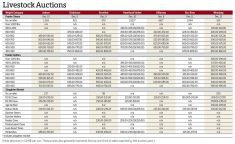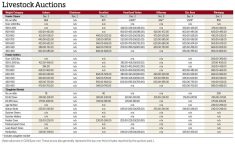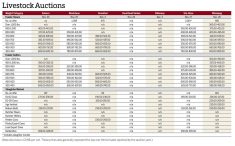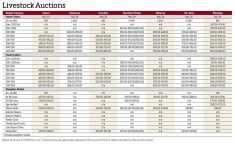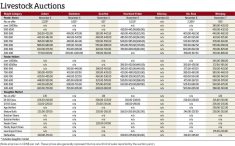Prices at Manitoba cattle auctions continued to stay strong as the focus for producers switched to seeding and relatively few cattle were sold during the week ended May 2.
In total, only 5,098 head went through the rings in the final week, prior to some sites moving to biweekly sales for the summer months. Rick Wright, a Virden-based cattle consultant and executive secretary of the Livestock Markets Association of Canada, said the lower cattle numbers helped keep prices high.
“It was hard to get a real feel for the market. Certainly, the demand for the cattle that were for sale was steady to strong,” he said, adding that heifers put out to breed were especially in demand.
Read Also
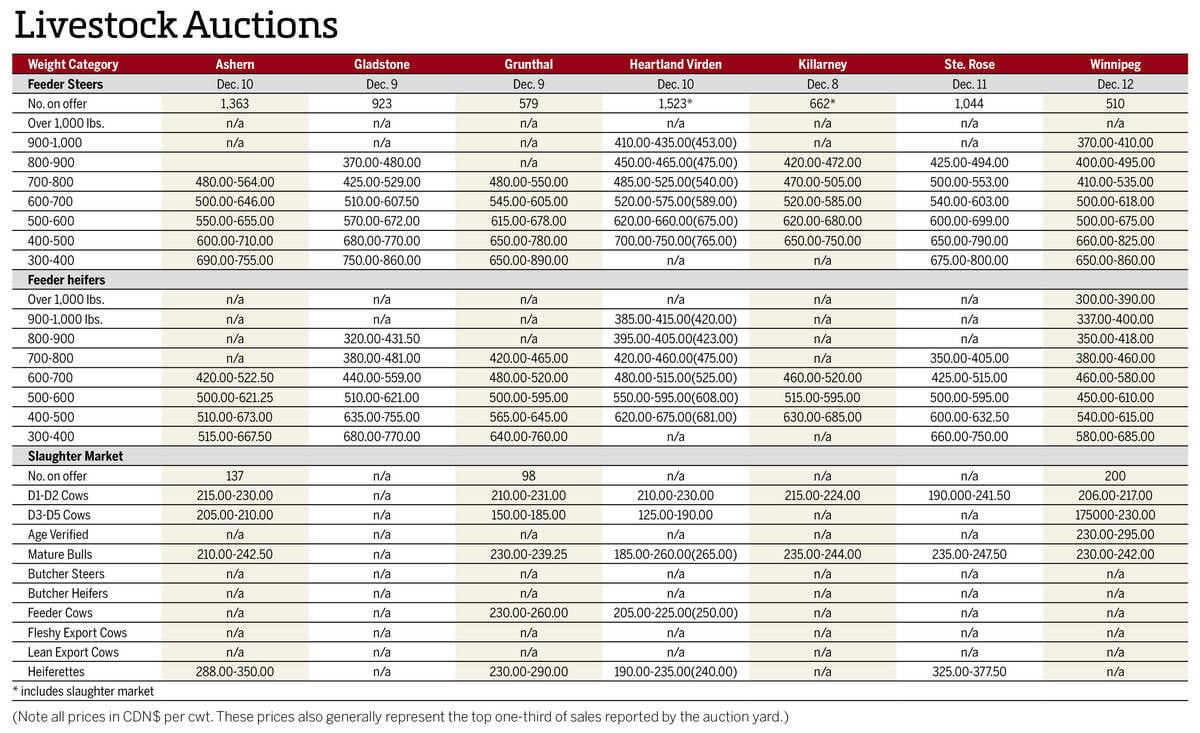
Manitoba cattle prices Dec. 16
Here’s what local farmers were getting paid last week for their cattle at Manitoba livestock auction marts; prices covering the week Dec. 8-12, 2025.
“Producers are getting cattle out of the mud and into the staging areas,” Wright said. “Hay supplies look like they’re adequate, but you hate to feed cattle this late into the season … but we need some heat and we still need some more rain.”
Feeder steers from 400 to 900 pounds ranged in price from $250 to $518 per hundredweight (cwt.), compared to $290 to $495/cwt. the previous week. Heifers in the same weight classes were sold for $240 to $451/cwt., while prices from the week before were from $240 to $452/cwt.
D1 and D2 slaughter cows were sold for $130 to $180/cwt., same range as the previous week. Meanwhile, bulls went for $155 to $222/cwt., while the previous week’s price range was $155 to $221.
Wright remarked that current prices for slaughter cattle are higher right now than in past years.
While avian flu has spread to 36 dairy herds across nine states south of the border and put pressure on cattle futures, there has been no effect on prices in Manitoba for the moment, as most cattle sold stayed local.
“If there’s a negative reaction to anything, it will have some impact on Manitoba producers. So far, we haven’t seen a significant negative effect from (the avian flu), but certainly there’s more and more of it in the news all the time,” Wright said.
“The fed cattle market from the plants is very steady and strong here right now, so there’s lots of fed cattle moving and lots of pen space being opened up. The market is remarkably strong considering the unknowns.”
At the Chicago Mercantile Exchange (CME), June live cattle lost US$1/cwt. from one week earlier at US$176.80 on May 2, but the price ranged during the week from a two-and-a-half week low of US$172.70 to a month-long high of US$179.65. The August feeder cattle contract ended the week at US$255.225/cwt., down US$3.075 from one week earlier. The high during the week was US$261.80, unseen since April 1, while the low was US$250.275, a depth which hadn’t been plumbed since April 16.
Looking beyond the spring and summer, Wright is optimistic about the cattle market in the second half of 2024.
“The fall still looks very promising. It looks like there will be strong demand for yearlings off the grass and I would expect if we have a decent crop and the dollar stays where it is now, we should be a very active fall market starting mid-September for the calves, but a lot of that will be weather-driven.”




